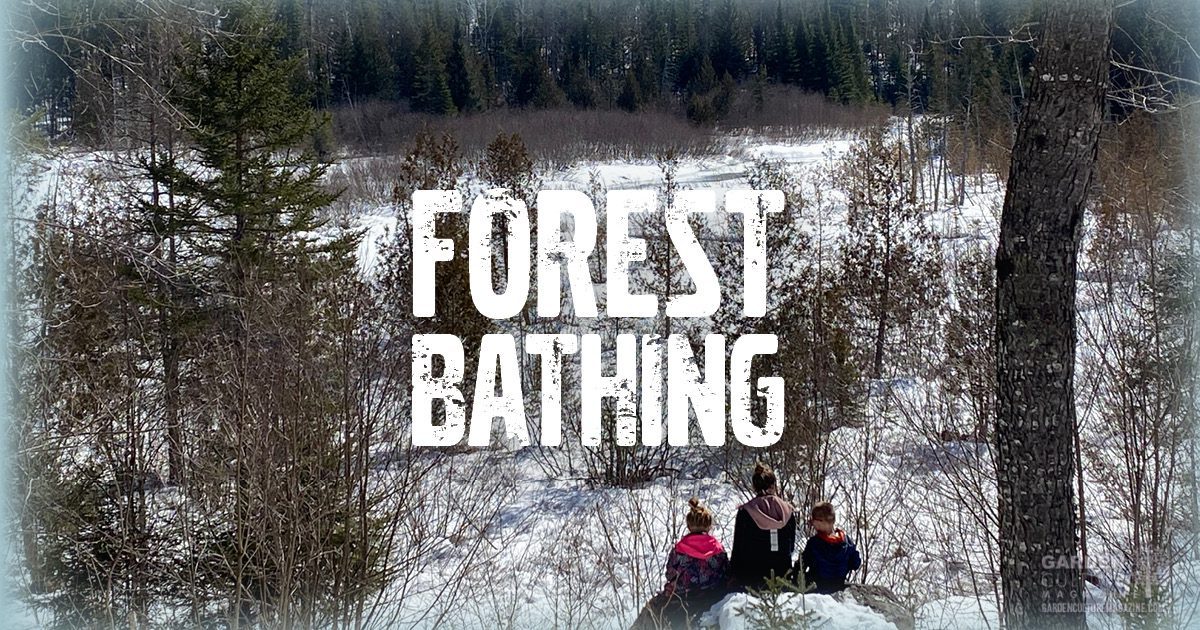
You’re reading The Checkup With Dr. Wen, a newsletter on how to navigate medical and public health challenges. Click here to get the full newsletter in your inbox, including answers to reader questions and a summary of new scientific research.
Until I started doing research on the burgeoning field of forest medicine for this week’s column, I had no idea forest bathing has so many devoted practitioners around the world, including in the United States.
Several are readers of The Checkup. Ben from California, who is 87, wrote that he is healthier now than when he was 57 and working a high-stress job. “My doctor has taken me off of medications for high blood pressure and cholesterol,” he said. “I credit forest bathing!” He is part of a group that does weekly forays in a local wooded park, which he says are “therapeutic, convivial and magical.”
Others are intrigued by the concept of forest bathing but not sure how to get started. “I’m a nurse, I work odd hours, then I try to spend time with my kids,” wrote Misty from D.C. She finds it hard to get out to a forest and is also seeking advice on how her patients, many of whom have accessibility issues, can experience the benefits of forest bathing.
Follow this authorLeana S. Wen‘s opinions
I am grateful to Mariah Schug, another reader and a psychology professor at Widener University who reached out to explain that her field has insights that can help people who can’t get the full immersive experience of forest medicine. She cited a study from Australia during the country’s covid lockdowns that showed people who had a view of trees and grass from their apartments had better mental resilience than those who didn’t.
“A really simple thing for anyone to do is to try to rearrange your furniture so that you have the best view possible,” she told me. Just looking at greenery can help alleviate stress. Try turning your couch or dining room table so that you have a view of trees. If you are working from home and have a garden, position your desk so that you look out toward it.
She also encourages people to bring plants into the home. And try your hand at gardening. Research shows that indoor horticulture activities like potting plants and handling soil can reduce anxiety and sleeping problems.
Similarly, Caleb from Maine, an avid birder, wrote to say he is convinced tracking birds helps his mental and physical health. Data support his experience; a study published in Nature demonstrated an association between listening to birdsong and lower anxiety and paranoia.
For workers who are unable to get outside and only have a short breaks, Schug recommends they pull up a YouTube video with birdsong and nature images. “You can eat your lunch while watching this video at your desk,” she said.
Of course, it’s better to walk outside and experience nature in person. A number of readers asked for recommendations in D.C., for which I turned to naturalist and D.C.-based forest bathing expert Melanie Choukas-Bradley, who has authored many books illustrating the natural wonders around the nation’s capital.
One of her favorite places is Tregaron Conservancy. “It’s a magical place for forest bathing,” she told me. “It’s a wild garden with a pond with these wonderful bull frogs who are always carrying on.” Her other personal favorites include Oxon Run Park, Kenilworth Park & Aquatic Gardens, Theodore Roosevelt Island and Rock Creek Park.
Choukas-Bradley has additional tips on how to find time for forest bathing. When she and her husband get up in the morning around sunrise, they sit on a bench outside their house to drink coffee and get ready for the day. “We watch the birds and the squirrels, and we’ll watch the sunlight lighting the top of the trees and then moving down the trees as the run rises,” she said.
She will also fit in forest bathing after outdoor physical activity. This helps to answer a question from Justin from Colorado, a mountain biker and trail runner who wanted to know why his outdoor activities didn’t suffice as forest bathing.
Technically, forest bathing should not involve activities that elevate blood pressure and heart rate. Choukas-Bradley emphasizes that exercising in nature is a good thing, and certainly I agree. Justin should not stop exercising outdoors!
What Choukas-Bradley does is to combine the two activities: “I will really turn it on and hike, but then I’ll stop and just spend some moments really tuning into the breeze in the trees, the way the clouds a moving and the squirrel climbing the tree,” she said. Justin can try the same; perhaps, at the end of his bike or run, he can slow down and soak in his surroundings before heading home.
This is what I have been trying. I normally bike or run outside several times a week, including on some beautiful local trails, but I’ve never thought to stay around after to experience nature. Now, after exercising, I stay for another 10 minutes to stretch and take a slow walk. I take out my headphones, put away my phone and try to engage my senses.
It’s too soon to say if this is helping alleviate stress and improve health, but I am definitely noticing things I never did before. One recent morning, I saw two playful bunnies and a woodpecker. I smelled a pine tree. I held a rock and noticed how smooth its edges were. I heard birds singing and leaves rustling. It was calming, relaxing and, dare I say, even magical.

